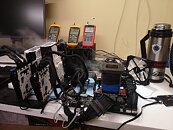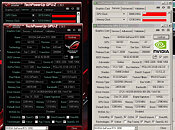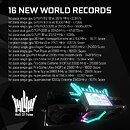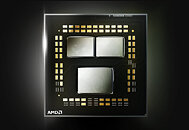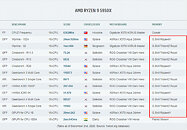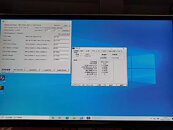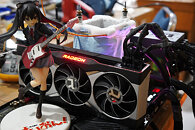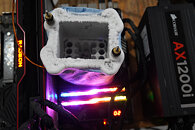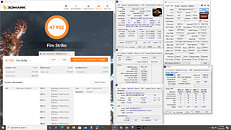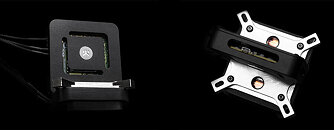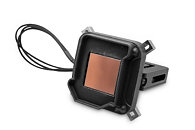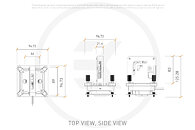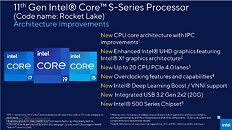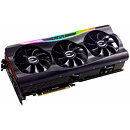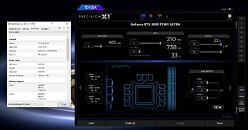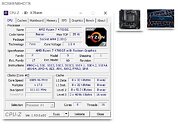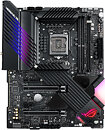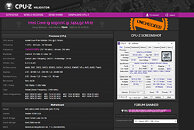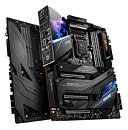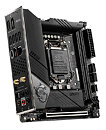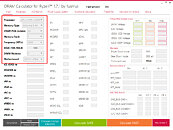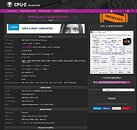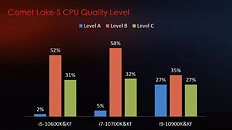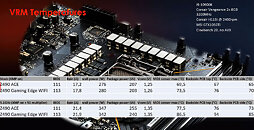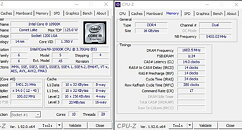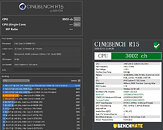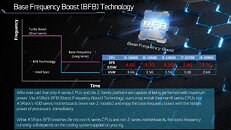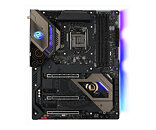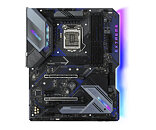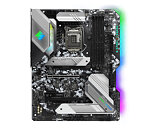
Alphacool Introduces Four New Extremely Large Radiators
Alphacool introduces four new extremely large radiators. The first two radiators are for 180 or 200 mm fans and are a thickness of 86 mm. The 200 and 400 mm NexXxoS Monsta radiators offer a huge cooling surface. Both radiators have 7x standard G1/4" ports. 6 of the ports are for inlet/outlet and the 7th port is located at the end chamber and can only be used for filling, draining, or bleeding the radiator. The fin density has been reduced from 16 to 12 FPI to allow the use of lower static pressure fans and lower RPMs.
The new Nova 1080 UT60 radiator is a thicker version of the Nova 1080 XT45 radiator. The enormous cooling surface is comparable to three 360 mm UT60 radiators. This makes it easy to cool more than 1000 W of excess heat with extremely quiet to silent spinning fans. This is equivalent to a 64 core AMD Threadripper of the latest generation and at least two GeForce RTX 3090 graphics cards.
The new Nova 1080 UT60 radiator is a thicker version of the Nova 1080 XT45 radiator. The enormous cooling surface is comparable to three 360 mm UT60 radiators. This makes it easy to cool more than 1000 W of excess heat with extremely quiet to silent spinning fans. This is equivalent to a 64 core AMD Threadripper of the latest generation and at least two GeForce RTX 3090 graphics cards.













